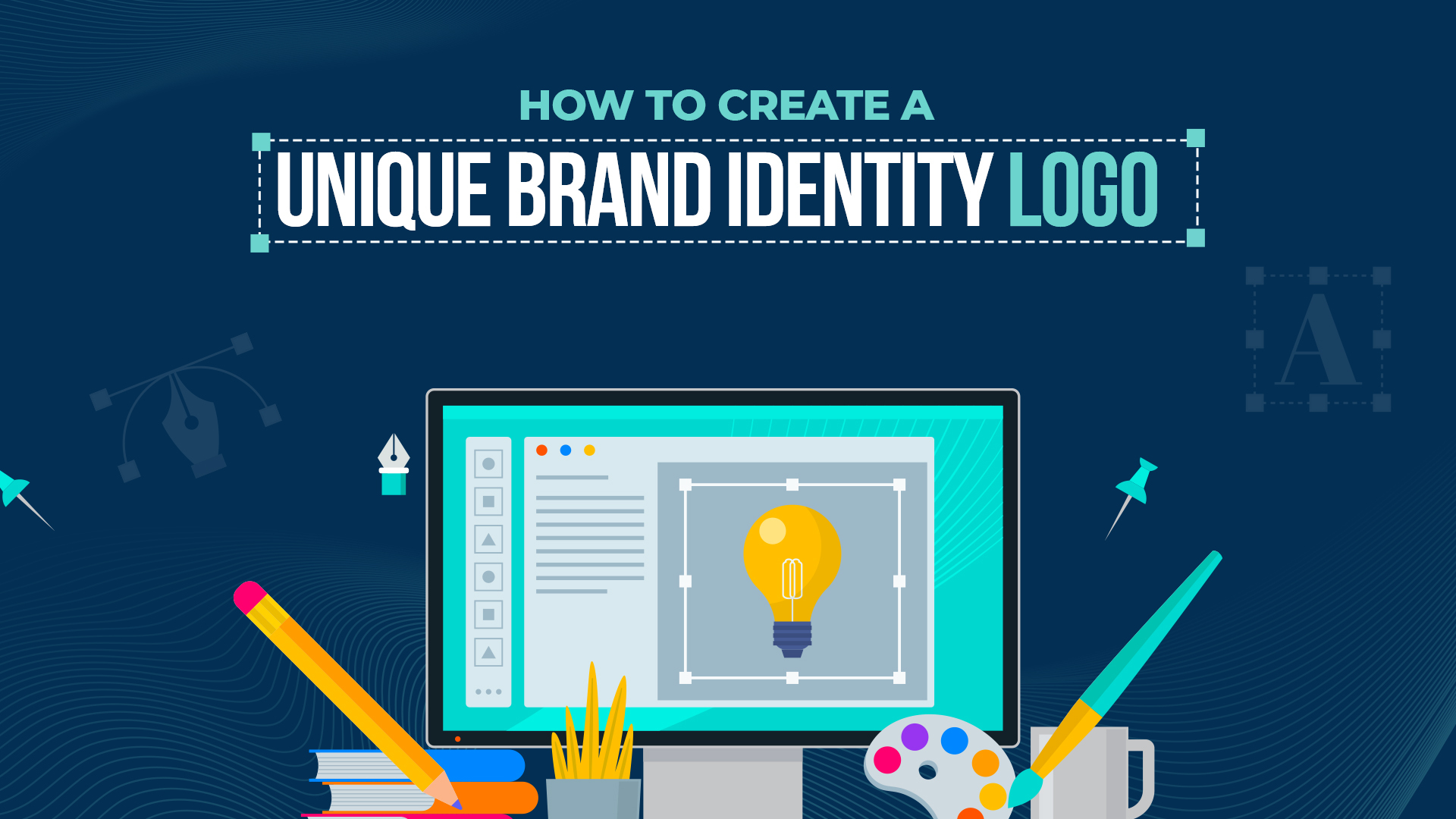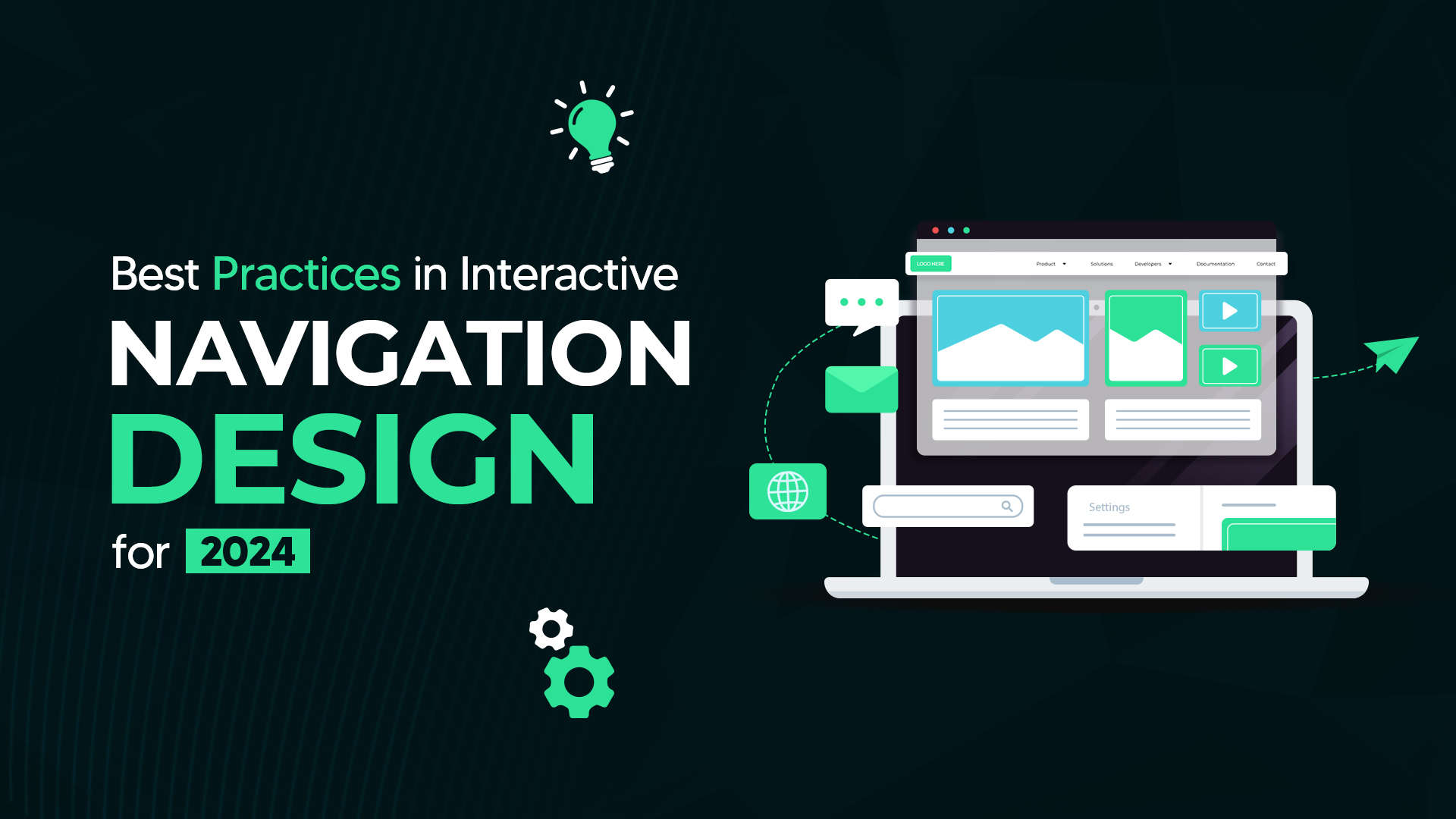Blockchain technology stands as a transformative force in the digital landscape, reshaping the fundamentals of how data is stored, verified, and exchanged. At its core, blockchain is a decentralized and distributed ledger that ensures transparency, security, and the immutability of information. It is designed to record transactions across a network of computers. Transactions are grouped into blocks, each containing a list of entries. These blocks are securely linked through cryptographic hashes, forming an unalterable chain of information.
The origins of blockchain can be traced back to the introduction of Bitcoin in 2009 by an individual or group using the pseudonym Satoshi Nakamoto. Initially conceived as the technology underpinning cryptocurrencies, blockchain has surpassed its origins, finding applications beyond digital currencies. Its decentralized nature eliminates the need for intermediaries, fostering trust and security.
Blockchain is a transformative force that began with Bitcoin, now revolutionizing industries by ensuring transparent, secure, and trust-driven data exchange without intermediaries.
As we delve deeper into the key components, workings, and applications of blockchain, it becomes evident that this technology is not just a trending term but a revolutionary force with far-reaching implications across various industries.

Benefits of Integrating BlockChain Technology in Mobile Apps
The integration of blockchain technology into mobile applications brings forth a myriad of benefits, reshaping the digital landscape and enhancing various aspects of user experience and data management.
Enhanced Security: Blockchain’s decentralized and cryptographic nature ensures a high level of security for mobile applications. Traditional centralized systems are vulnerable to single points of failure and hacking attempts. In contrast, blockchain’s distributed ledger and consensus mechanisms make it exceedingly difficult for malicious actors to compromise the integrity of the data. Mobile apps dealing with sensitive information, such as financial transactions or personal records, can significantly benefit from this heightened security.
Improved Transparency: Transparency is a cornerstone of blockchain technology. Mobile apps integrated with blockchain provide users with unprecedented visibility into transactions and data. Every change made to the blockchain is recorded and visible to all participants, fostering a level of trust and accountability not easily achievable in traditional systems. This transparency is particularly valuable in sectors like supply chain management and finance, where stakeholders demand real-time, verifiable information.
Reduced Intermediaries and Costs: Blockchain eliminates the need for intermediaries in many transactions. Smart contracts, for instance, automate and enforce agreements without the involvement of third parties. This not only speeds up processes but also reduces costs associated with intermediaries. Mobile apps leveraging blockchain can streamline various operations, from financial transactions to supply chain logistics, resulting in more efficient and cost-effective systems.
Increased Trust among Users: Trust is a critical factor in the success of any application. Blockchain’s transparent and tamper-resistant nature builds trust among users. Mobile apps that integrate blockchain technology can assure users that their data is secure, transactions are verifiable, and smart contracts are executed as agreed. This heightened trust can lead to increased user adoption and loyalty, particularly in sectors where trust is paramount, such as healthcare, finance, and identity verification.
How Blockchain Works
To comprehend the inner workings of blockchain technology, it’s essential to unravel the sequential processes that occur during a transaction’s initiation, verification, and subsequent inclusion in the blockchain. This section will guide you through the journey of a transaction, from its inception to becoming an immutable part of the blockchain.

The blockchain journey begins with a user initiating a transaction. This transaction could involve the transfer of cryptocurrency, digital assets, or the execution of a smart contract. The details of the transaction, such as sender, receiver, and amount, are compiled into a data structure.
Once a transaction is initiated, it undergoes a verification process by the nodes in the network. This verification is crucial to ensure the authenticity of the transaction and prevent fraudulent activities. Various consensus mechanisms, such as Proof of Work (PoW) or Proof of Stake (PoS), are employed to achieve agreement among the network participants.
Upon successful verification, the transaction is bundled with others to create a block. Each block contains a unique identifier called a hash, generated through cryptographic hash functions. This hash is a complex mathematical algorithm that transforms the transaction data into a fixed-size string of characters.
The uniqueness of blockchain lies in the linkage of blocks. The hash of each block includes the hash of the previous block, forming a chain of blocks. This interconnection creates a chronological and irreversible sequence, making it extremely challenging for malicious actors to alter any transaction without altering subsequent blocks.
Challenges and Considerations
While the integration of blockchain technology into mobile apps brings forth numerous advantages, it is essential to acknowledge and address the challenges and considerations associated with this transformative endeavor.
Scalability Issues: Blockchain networks, especially those using Proof of Work (PoW) consensus mechanisms, can face scalability challenges. As the number of transactions increases, the time and resources required for verification also rise, potentially leading to slower transaction speeds. Mobile apps, which often require real-time processing, must navigate this scalability hurdle. Developers are actively exploring solutions, including alternative consensus mechanisms and layer-two scaling solutions, to address these challenges.
Regulatory Concerns: The regulatory landscape surrounding blockchain and cryptocurrencies is evolving. Mobile apps integrating blockchain may face uncertainties related to compliance with existing and future regulations. Regulatory frameworks vary globally, and navigating this complex terrain requires a thorough understanding of legal implications. Developers must stay informed about regulatory developments and design their apps with compliance in mind.
User Education and Adoption: Blockchain is still a relatively novel concept for many users. Integrating blockchain into mobile apps may require educating users about the technology and its benefits. Additionally, users may need to adapt to new processes, such as managing private keys for cryptocurrency wallets. Striking a balance between providing a seamless user experience and ensuring users understand the underlying blockchain technology is crucial for successful adoption.
Integration of Blockchain in Mobile Apps
Integrating blockchain technology into mobile applications is a strategic move for businesses seeking heightened security, transparency, and efficiency in their operations. This section outlines a comprehensive approach to seamlessly incorporate blockchain into mobile apps, ensuring a robust and secure user experience.
Defining App Features
The initial step in integrating blockchain into mobile applications involves a meticulous examination of the app’s requirements and objectives. This process is crucial to identify specific features that can benefit from the decentralized and secure nature of blockchain technology.
Begin by evaluating the functionalities of your mobile app that can leverage blockchain’s strengths. This may include transactional capabilities, data verification processes, or the execution of smart contracts. By defining clear objectives, you ensure that blockchain is applied where it can provide the most significant value in terms of security, transparency, and efficiency.
Clearly defining objectives helps prioritize the integration of blockchain features. Whether it’s enhancing transaction security or ensuring transparent data verification, aligning these features with your app’s goals ensures a purposeful and effective integration of blockchain technology.
Choosing a Blockchain Platform
Selecting the right blockchain platform is a pivotal decision that significantly influences the success of your mobile app integration. Different platforms such as Ethereum, Hyperledger, and Avalanche offer unique features, and choosing the one that aligns with your specific needs is crucial.
Conduct thorough research on each potential blockchain platform, considering factors such as scalability, security features, and compatibility with mobile app development. Evaluate the platforms based on their ability to handle the expected transaction volume and ensure seamless integration with your mobile app.
Choosing the appropriate blockchain platform is not only about its technical capabilities but also about its alignment with your app’s security and functionality requirements. Ensure that the selected platform provides the necessary tools and features to meet your objectives.
Selecting Design Architecture
Once the blockchain platform is chosen, the next critical step is selecting a design architecture that complements your mobile app’s unique requirements. This involves deciding whether a hybrid, cloud-based, or in-house solution is the best fit.
Consider the nature of your mobile app and choose between hybrid, cloud-based, or in-house hosting solutions. Evaluate each option’s compatibility with your chosen technology stack and the target operating system (iOS or Android) to ensure a seamless and efficient integration.
Compatibility is key to the success of the integration. Ensure that the chosen design architecture not only aligns with your current technology stack but also provides the scalability needed to accommodate future growth and changes in app requirements.
UI/UX Design Considerations
Creating a user-friendly interface is pivotal in ensuring the successful adoption of your blockchain-integrated mobile app. The design should not only be visually appealing but also intuitive, aligning seamlessly with the principles of blockchain security.
Visually Appealing Interface: Craft an interface that captivates users with its visual appeal. Utilize modern design principles to make the app aesthetically pleasing and engaging. A visually attractive interface enhances user experience and encourages prolonged interaction.
Intuitive Design for User Adoption: Prioritize intuitive design elements to facilitate user adoption. Users should navigate the app effortlessly, understanding the blockchain features without encountering unnecessary complexity. Clear and well-organized design elements contribute to a positive user experience.
Backend Control Panel: Establish a robust backend control panel that monitors and oversees the seamless functioning of the entire blockchain network. This not only ensures transparency but also provides users with real-time insights into the status of their transactions, fostering trust and confidence in the app’s security.
Limiting Transactions for Security
Enhancing the security of your mobile app involves a strategic approach to managing the inflow and outflow of data. One effective measure is to set transaction limits, ensuring better organization and contributing to a more secure and accessible mobile app environment.
By limiting the number of transactions the app can support, you effectively manage the flow of data. This not only prevents potential overload but also allows for more efficient monitoring and control of transactional activities.
Transaction limits contribute to better organization within the app. Users can navigate through a more structured and streamlined environment, reducing the risk of errors and ensuring that each transaction is processed securely.
Limiting transactions adds an extra layer of security by controlling the volume of data movement. This measure safeguards the app against potential vulnerabilities, making it more resilient to malicious activities and unauthorized access.
Outsourcing Blockchain App Development
Once the blueprint for your blockchain-based application is ready, assembling the right team is essential. Outsourcing to a skilled blockchain app development company with proven expertise expedites the development process and ensures the incorporation of all necessary functionalities.
Outsource to a blockchain app development company with a skilled and experienced team. Look for expertise in blockchain technology, mobile app development, and a proven track record of successful projects. A competent team ensures the efficient realization of your blockchain vision.
Outsourcing accelerates the development timeline, allowing you to bring your blockchain-based mobile app to market sooner. The expertise and specialization of the development team contribute to a more streamlined and efficient development process.
An experienced development team is crucial in bringing your blockchain vision to life. Collaborate closely with the outsourced team, providing insights and feedback throughout the development process to ensure the final product aligns seamlessly with your goals and expectations.
Use Cases of Blockchain in Mobile Apps
As blockchain continues to mature, its application within mobile apps expands across various industries, bringing about innovative solutions and transforming conventional processes.
Cryptocurrencies and Mobile Wallets: The most recognized application of blockchain in mobile apps is in the realm of cryptocurrencies. Mobile wallets leverage blockchain technology to securely store and manage digital assets. Users can make transactions, track balances, and even exchange various cryptocurrencies seamlessly through mobile apps. The decentralized nature of blockchain ensures that users have control over their funds without reliance on traditional banking systems.
Supply Chain Management: Blockchain’s transparency and traceability make it an ideal solution for revolutionizing supply chain management. Mobile apps integrated with blockchain can provide real-time visibility into the entire supply chain process. Each step, from manufacturing to distribution, can be recorded on the blockchain, ensuring authenticity and reducing the risk of counterfeit products. This is particularly crucial in industries like food and pharmaceuticals, where traceability is paramount.
Identity Verification and Authentication: Mobile apps are increasingly utilizing blockchain for secure and decentralized identity verification. Rather than relying on centralized databases vulnerable to breaches, blockchain allows users to control their identity data. This not only enhances security but also streamlines processes such as user registrations and access control. Users can have a single, verified digital identity across various platforms and services.
Smart Contracts and Decentralized Applications (DApps): Smart contracts, self-executing contracts with the terms of the agreement directly written into code, are a powerful feature of blockchain. Mobile apps can integrate smart contracts to automate and enforce agreements, reducing the need for intermediaries. Additionally, decentralized applications (DApps) built on blockchain offer users enhanced security and data privacy, as user data is not stored centrally but distributed across the blockchain network.
Conclusion
In conclusion, the integration of blockchain technology into mobile applications represents a paradigm shift in the digital landscape. The foundational principles of decentralization, security, and transparency embedded in blockchain offer a myriad of opportunities for businesses and developers alike. From enhancing financial transactions with cryptocurrencies to revolutionizing supply chain management and healthcare, the real-world applications showcased the transformative potential of blockchain.
As we navigate the challenges, such as scalability and regulatory compliance, and witness ongoing innovations addressing these issues, the future of blockchain in mobile apps looks promising. Businesses that strategically embrace blockchain stand to gain a competitive edge by providing users with more secure, efficient, and trustworthy experiences. The journey of blockchain integration into mobile apps is not just a technological evolution; it is a step towards reshaping industries, fostering trust, and unlocking new possibilities in the ever-evolving digital era.










